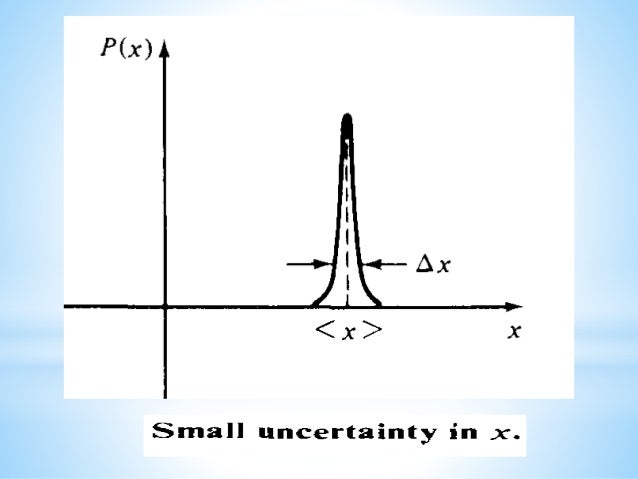
This paper formulates and proves a much more general result than the sign uncertainty principles mentioned above, which enables the authors to prove sign uncertainty principles for a wide range of transforms, as well as greatly enhancing our understanding of the phenomenon. Later, Cohn, Kumar, Miller, Radchenko and Viazovska built on these ideas to show that the Leech lattice gives the densest possible sphere packing in 24 dimensions. In a further spectacular development, Viazovska found a suitable function f that implied, via this result of Cohn and Elkies, that the densest possible sphere packing in eight dimensions is the E 8 packing, in which the centres of the spheres are all points in Z 8 ∪ ( Z + 1 / 2 ) 8 for which the sum of their eight coordinates is an even integer. One formulation of their result is that if f : R d → R is an “admissible” function (which means that f and ˆ f both satisfy a suitable decay condition), f ( 0 ) = ˆ f ( 0 ) > 0, f ( x ) ≤ 0 is positive for all x with ‖ x ‖ ≥ r, and ˆ f ( x ) ≥ 0 everywhere, then the density of sphere packings in R d is bounded above by ( r / 2 ) d.

This variant is interesting because it relates to a result of Cohn and Elkies from 2003 that yields upper bounds for sphere packing.

(Note that unlike with the Heisenberg uncertainty principle, the origin plays a special role here, since the assumption that f is even is not translation invariant.)Ī variant of this result with a similar conclusion was discovered by Cohn and Gonçalves (the latter one of the authors of this paper) in which the inequalities for ˆ f are reversed: that is, ˆ f ( 0 ) ≥ 0 and ˆ f ( x ) ≤ 0 for all sufficiently large x. It was shown by Bourgain, Clozel and Kahane that r ( f ) r ( ˆ f ) is also bounded below by an absolute constant: that is, if both f and ˆ f are non-negative for sufficiently large x, then the regions where they are negative cannot both be too concentrated about the origin. Similarly, if we assume that f ( 0 ) ≤ 0 (while still assuming that f is not identically zero, which implies that ˆ f is not identically zero), then r ( ˆ f ) > 0.

If we assume that f is not identically zero, and also that ˆ f ( 0 ) ≤ 0, then since ˆ f ( 0 ) is just the integral of f, it follows that f must be negative on a set of positive measure, and hence that r ( f ) > 0. Suppose now that f ∈ L 1 ( R 2 ) is an even function, which implies that ˆ f is real valued. Given a function f : R d → R, let us define the positivity radius r ( f ) of f to be the smallest r such that | f ( x ) | ≥ 0 for every x with ‖ x ‖ ≥ r. This paper concerns a different kind of uncertainty principle, which is a little more complicated to state. The famous Heisenberg uncertainty principle is an inequality that states that the product of the variances of a function f and its Fourier transform ˆ f is bounded below by an absolute constant, which has the well-known consequence that one cannot simultaneously know the position and momentum of a particle to an arbitrary degree of accuracy. New sign uncertainty principles, Discrete Analysis 2023:9, 46 pp.


 0 kommentar(er)
0 kommentar(er)
